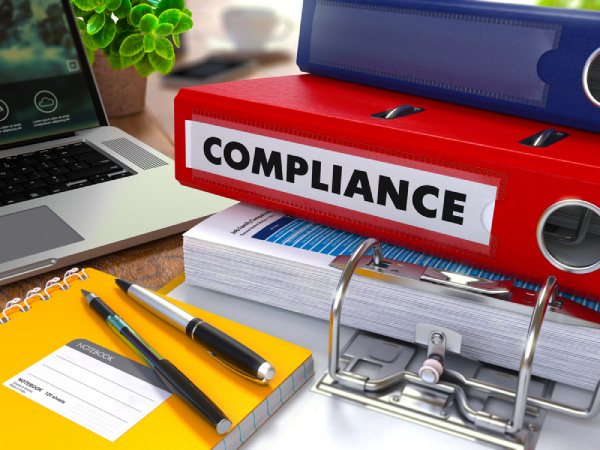Decades from now when we look back at the evolution of the workplace, we will likely talk about events in terms of B.C. (Before COVID-19) and A.P. (After Pandemic).
The coronavirus crisis has been a defining moment in how we accomplish work, with most now agreeing that what comes after the pandemic for the workforce and workplace will not be the same as before COVID-19 swept the world by surprise.
“As a result, by design or default, most companies are heading toward a hybrid workplace where a large number of office employees rotate in and out of offices configured for shared spaces,” said PwC in a January 2021 U.S. Remote Work Survey. “This model embraces the flexibility that most employees (and some employers) crave after working from home for months. It’s also a complicated way to organize the work week and is likely to transform a company’s culture, employee engagement, the way the work gets done and how office space is used.”
Companies moving towards this hybrid or blended workforce approach will face unique challenges, both for those employees when working remotely, and for those employees when returning to the office.
“Leading organizations will boldly question long-held assumptions about how work should be done and the role of the office. There is no one-size-fits-all solution,” said McKinsey & Company research article. “The answer, different for every organization, will be based on what talent is needed, which roles are most important, how much collaboration is necessary for excellence, and where offices are located today, among other factors.”
Deciding Who Works Where When
The blended or hybrid approach is a new frontier for many companies and a basic question that will need to be answered when devising a plan is deciding “who works where when”.
companies and a basic question that will need to be answered when devising a plan is deciding “who works where when”.
From the start of the pandemic there have been employees that could not work remote and needed to be – and continue to be needed — at the office or on-site to perform their jobs.
These non-remote positions can include jobs that require:
- Physical contact with goods such as warehouse and delivery.
- Public presence such as the food industry and healthcare.
- High level of data security that cannot be communicated safely remotely.
- IT, operational and maintenance jobs that require hands-on work with infrastructure.
“We have some front-facing staff members that can never work from home. You cannot fix a toilet or show an apartment from home,” Karin Dunn, president of PRD Management in Collingswood, N.J., told the Society for Human Resource Management.
Even some employees, and entire departments, that have been in a work from home (WFH) mode, may be better suited to transition back to the office, such as those units that directly collaborate with clients.
The PwC research shows that employers and employees will have to come to terms with what a hybrid workplace approach looks like as “Over half of employees (55 percent) say they’d like to be remote at least three days a week … In contrast, when asked how they feel about remote work at their company, 43 percent of executives prefer limited schedules or want to be fully back in the office as soon as feasible.”
Blended Workforce Challenges: WFH
When workers are in remote settings, challenges can include:
Balancing the Life/Work Scales: In the past it was easier for employees to separate life and work as the two typically had well-defined boundaries. Sure, some would “bring work home” but that was usually the exception rather than the rule. Many employees “clocked out” and left work when they left the office. In WFH, the office, and work, is at-hand 24/7.
Juggling Competing Priorities: Employees must become experts at juggling competing priorities as they face challenges remotely that are not found in office settings. After all, it is impossible to tackle that load of laundry that needs to be done or help your child out with their algebra homework while in office, but in WFH those tasks compete with the workflow.
Mentoring Obstacles: When a portion of the workforce is remote and not working together, it is much more difficult to mentor employees, especially those inexperienced workers and new hires not versed in the company culture. This lack of mentoring can lead to future leadership and managerial vacuums.
Lack of Growth and Creativity: This past year has proved that the job can get done remotely in many sectors but the lack of in-person collaboration can prevent future performance growth and creative solutions that are more likely when employees are not isolated.
Blended Workforce Challenges: In-Office
Blended workplace office challenges may include:
Over Expectations of Interaction: When the pendulum swings back from remote to in-office, some employees, missing the face-to-face contact, may have expectations of constant interactions in-office and this could lead to burnout. Some companies are experimenting with “quiet times” or physical symbols that can be displayed in cubicles to signal when employees need “alone time” to accomplish tasks.
Unequal Tasks Assigned In-Office: In-office employees should not be expected to pick up the slack of those working remotely or handle assignments not on their job descriptions just because they happen to be on-site.
Redesigning the Office: It may be some time before we get to A.P. (After Pandemic), and with the vaccination rate not at 100 percent, office space will have to be redesigned with COVID-19 protocols in place such as physical distancing and barriers, enhanced ventilations, traffic flows, and new signage.
While the blended or hybrid work model poses challenges, companies can use this critical moment to improve their organization.
“Organizations must also use this moment to break from the inertia of the past by dispensing with suboptimal old habits and systems. A well-planned return to offices can use this moment to reinvent their role and create a better experience for talent, improve collaboration and productivity, and reduce costs,” said the McKinsey article.
Contact Employer Flexible today to learn we can help you manage your HR needs and overcome any blended workforce challenges.





